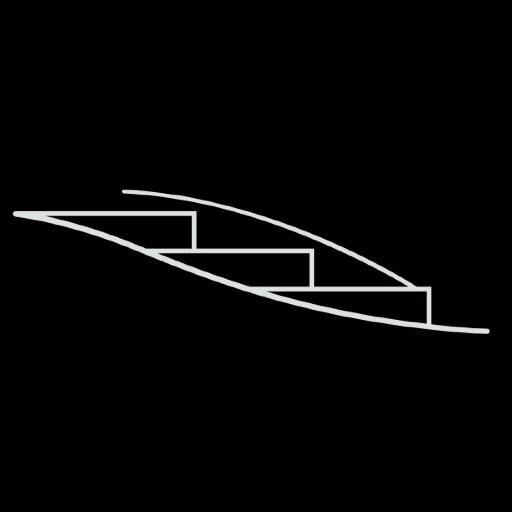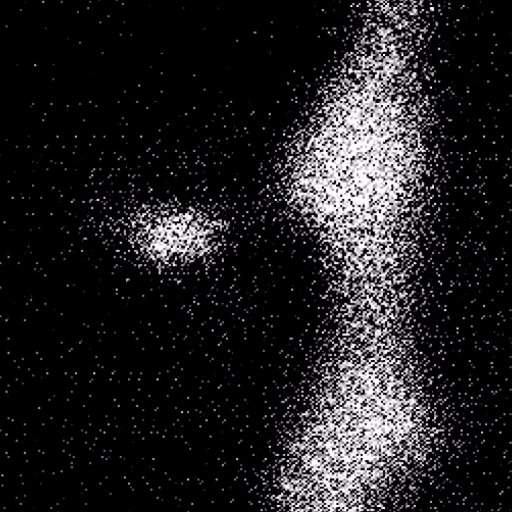
Nelson Spruston
@nspruston
Followers
2K
Following
13
Media
20
Statuses
88
Neuroscientist at @HHMIJanelia, https://t.co/dmKkVR210v…
Virginia, USA
Joined April 2011
RT @HHMIJanelia: 💻 A new class of simplified ‘minimodels’ developed by @Du_Fengtong @NunezKant @marius10p @computingnature can predict the….
0
5
0
RT @HHMIJanelia: A new tissue expansion method developed by the Wang (@mengwang939) & Tillberg (@TillbergPaul) labs & the @LingjunLi2 lab @….
0
42
0
I love this new technique developed my colleague James Liu and his lab at Janelia.
🧬A new imaging technique developed by the Liu Lab uses a novel DNA barcode system to track hundreds of RNA & protein molecules in single cells within thick biological samples, providing a full picture of how these structures are organized inside tissues.
1
21
98
I’m excited about this highly collaborative project by @sunw37, @JohanWinn, and many other talented contributors. Read more about how our @HHMIJanelia team imaged thousands of neurons in mouse hippocampus as mice learned cognitive tasks over several days:.
1/12 How do animals build an internal map of the world? In our new paper, we tracked thousands of neurons in mouse CA1 over days/weeks as they learned a VR navigation task. @nspruston @HHMIJanelia, w/ co-1st author @JohanWinn.Video summary: Paper:.
1
8
49
11/11 In addition to the co-first authors @sunw37 and @JohanWinn, many others made critical contributions. Big thanks to co-authors Maanasa, @Chongxi_lai, Koichiro, Michalis, Rachel, and James, as well as many others recognized in the Acknowledgments!.
1
0
13
10/11 We hope this work provides useful data for gaining insight into the formation of cognitive maps and inspires novel AI learning algorithms, for example, in unsupervised learning and model-based RL. #NeuroAI.
1
0
16
9/11 Our work provides new data supporting previous work on multiple hippocampal representations for potentially ambiguous observations -- e.g., Eichenbaum, @dileeplearning, @behrenstimb, @jcrwhittington. See the preprint for many other references to foundational work!.
1
0
13
8/11 What does this teach us about hippocampal computation and learning? Both an HMM-based CSCG model @dileeplearning and RNNs with Hebbian learning, recapitulated key features of the “Orthogonalized State Machine (OSM)”, while LSTMs and Transformers did not natively do so.
1
10
41
2/11 We investigated how activity in the hippocampus changes over days to weeks while naïve mice learned a VR task. We tracked thousands of CA1 cells with a 2p-RAM mesoscope designed by @sofroniewn, Dan Flickinger, @svoboda314. We ensured stability using hard/software solutions.
1
29
150
1/11 How are cognitive maps formed during learning? . Very excited to share new work by outstanding co-first authors @sunw37 and @JohanWinn and other wonderful collaborators @HHMIJanelia
5
84
320
(10/10) Huge thanks again to Xinyu and Ching-Lung @hiallen72 for this beautiful work. Also, congrats to Ching-Lung for starting his new lab at Academia Sinica! @SinicaFans @IbmsSinica.
1
0
3
(9/10) Implication: How does the hippocampus infer separate latent states, i.e. contexts? @honisanders @gershbrain Either by massive sensory changes signaling a different environment or subtle changes but with a strong behavioral contingency. Related.
1
0
5









